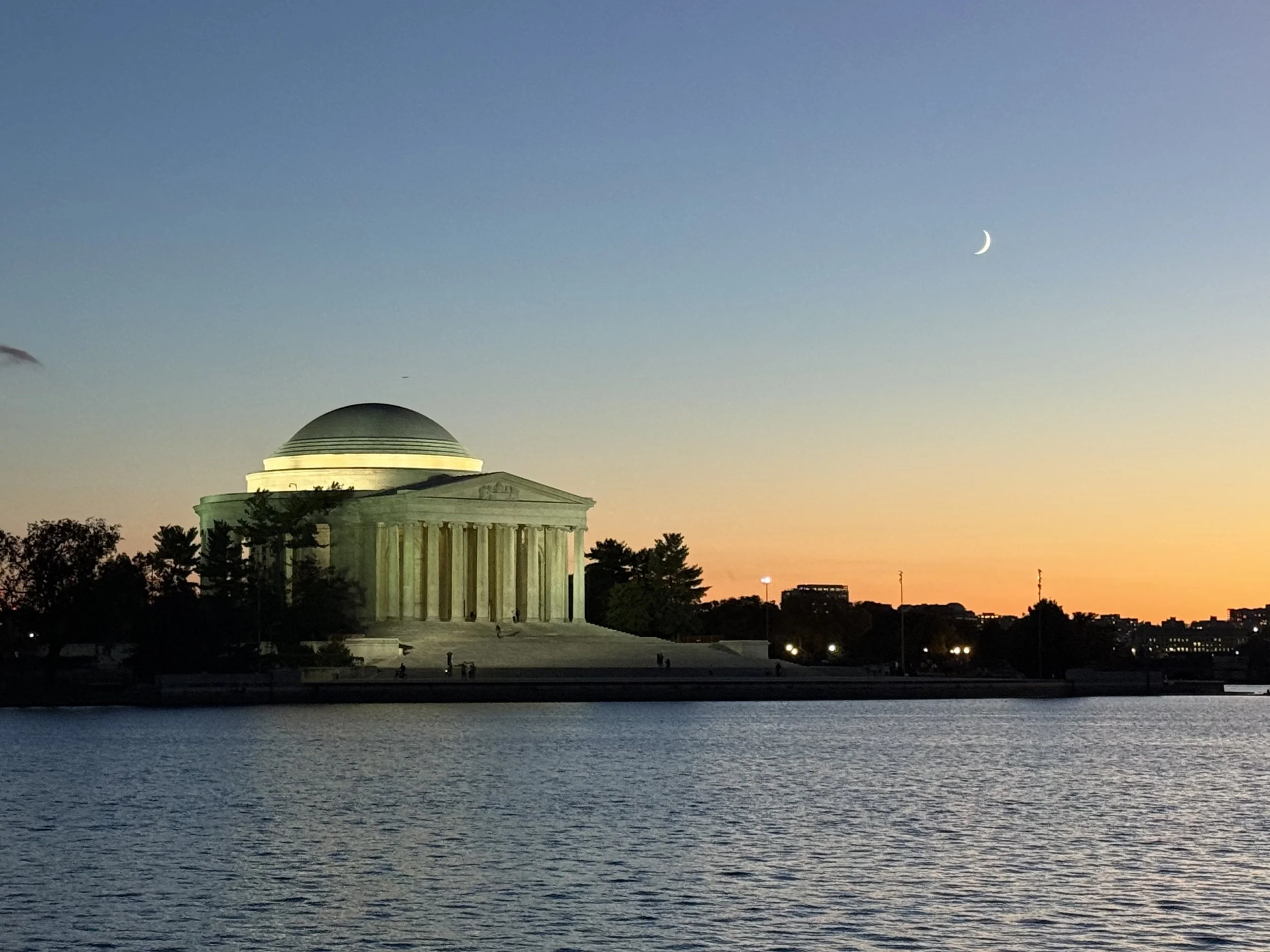WOTUS, Yet Again.
/One area of law refuses to stay consistent from year to year—Waters of the United States, or WOTUS, for frequent fliers. The Supreme Court decided the Sackett case for a second time this past summer, limiting federal jurisdiction over wetlands. After the decision, the relevant federal agencies (Environmental Protection Agency and Army Corps of Engineers) enacted a final rule amending the January 2023 version of the Revised Definition of Waters of the United States, effective September 8, 2023. The current amended rule purports to revise the regulatory text to comport with the Court’s decision in Sackett.
Of course there is a catch (or two). First, the amended rule does not apply equally nationwide. Instead, in the states where the earlier January 2023 rule had been enjoined (paused) by court order, the recent amendment also is not effective yet. In the jurisdictions and for the parties where the January 2023 Rule is enjoined, the agencies are interpreting "waters of the United States" consistent with the pre-2015 regulatory regime and the Supreme Court's decision in Sackett. The EPA’s website provides the following map, showing the breakdown nationwide:
IMage sourced from EPA website
This may be a distinction without a difference, since whether the state falls under the new rule or the pre-2015 rule, both must be implemented in accordance with the Supreme Court’s decision in Sackett. For some places (like Indiana), the Agency staff will be implementing two different approaches across their regional jurisdiction.
There is criticism that the new rule only addresses one piece of the WOTUS definition for wetlands that was rejected by the Court. The new rule eliminated the “significant nexus” test that the Supreme Court rejected, but ignored other concerns raised by farmers and agricultural groups. As expected, the amended rule implements Sackett’s “continuous surface connection” test for wetlands. The rule clarifies that when identifying federally jurisdictional wetlands, “adjacent” means “having a continuous surface connection,” meaning the Clean Water Act no longer covers “adjacent” wetlands, only “adjoining” ones. But the rule does not define what a “continuous surface connection” really means. The rule continues to rely on the vague phrase “relatively permanent” to describe one category of jurisdictional waters. The rule does not pick up all the restrictive language used by the majority opinion in Sackett—namely that wetlands must be practically indistinguishable from traditional jurisdictional waters to qualify as WOTUS.
Finally, the Agencies did not subject the new rule to a public notice and comment period (like most new rules). Instead, the Agencies indicated they were not exercising any discretion since this rule was just a recitation of what the Supreme Court had already decided. The Agencies explained that public notice and comment would not provide any new information, so it was not needed. Of course, the unusual procedural process is another reason the rule is likely to be challenged in court like every other WOTUS rule has been.
The takeaway? Likely more WOTUS litigation, but within the bounds of Sackett. We are also likely to see state legislatures respond with new laws based on the Supreme Court’s language stressing state primacy in the area of water regulation. States could become more restrictive by giving their state agencies more jurisdiction over state wetlands, or could allow for more development by reducing state agency authority. If you receive a notice from state or federal agencies contending you have a jurisdictional wetland, I recommend contacting an attorney and an environmental consultant to sort through the changing legal landscape.




